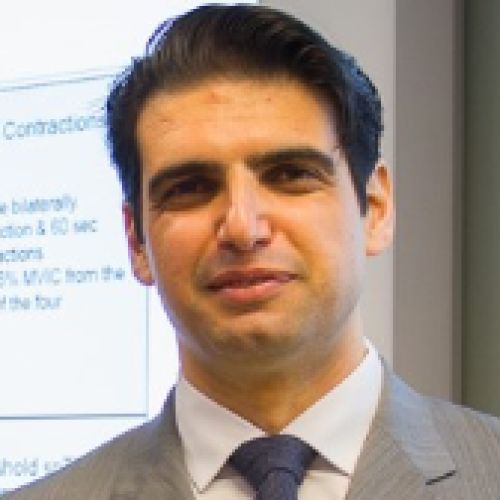Charalambos Costas Charalambous
Medical Instructor in the Department of Neurology
Neurology, Stroke and Vascular Neurology
DUMC Box 3824, Durham, NC 27710
40 Duke Medicine Circle, Box 3824, Durham, NC 27710
Office hours
Monday-Friday: 9-12PM EST
Publications

